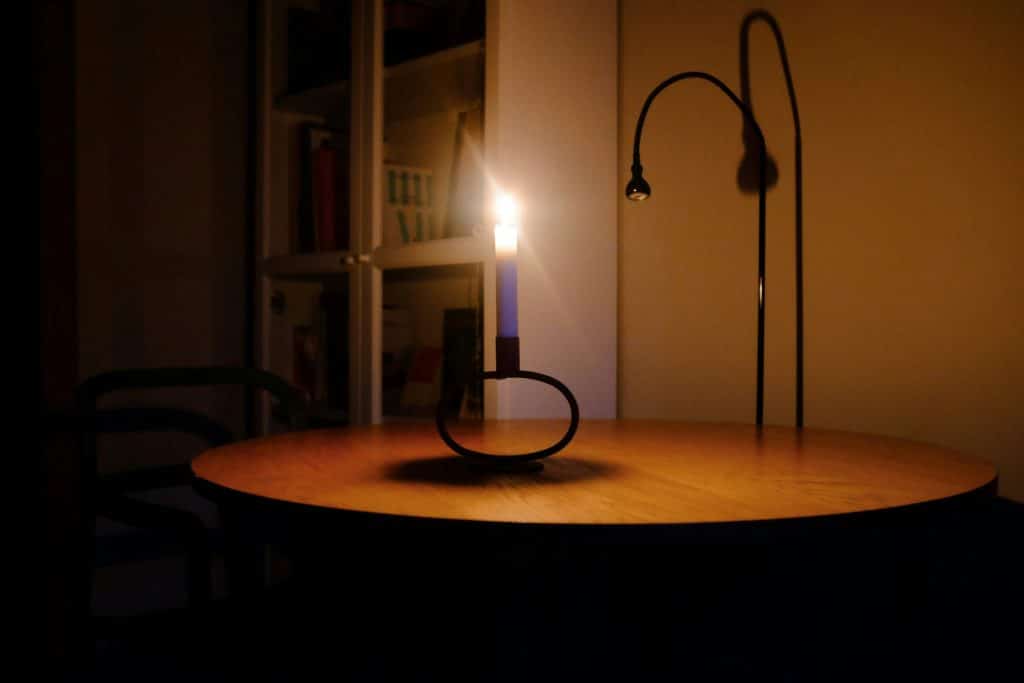How Can I Protect My Smart Home from Power Cuts?
How can I protect my smart home from power cuts? Power cuts are inconvenient at the best of times, but when your home relies on smart devices, the impact is even greater. A short outage can leave your Wi-Fi down, your cameras offline, and your lights unusable, so knowing how to protect your smart home is essential.
Why Smart Homes Struggle with Outages

Smart homes rely on two things: a steady supply of electricity and a strong internet connection. When the power goes off, routers, hubs, and Wi-Fi smart plugs all switch off too. Even battery-powered smart locks or lights may lose their “smart” features until electricity returns. For households using smart heating, lighting, and security, a power cut can feel like stepping back in time.
UPS Systems: Your First Line of Defence
A UPS (Uninterruptible Power Supply) is one of the most effective tools for protecting your smart home. It’s essentially a battery that provides instant backup power when the mains goes down.
With the right UPS, you can keep your Wi-Fi router and smart hub running for 30–90 minutes, enough to ride out most short UK outages. Popular brands such as APC and Eaton offer compact models that are easy to set up and surprisingly affordable.
What to Connect to a UPS:
-
Internet router and modem
-
Smart home hub (Alexa, Google, or HomeKit)
-
Security cameras or doorbells
By keeping these devices powered, your smart home continues to function during an outage, giving you light, alerts, and connectivity when you need them most.
Battery Backups for Longer Cuts
If your area experiences longer power interruptions, a UPS may not be enough. That’s where portable battery backups or solar-powered generators come in.
These larger units can power essential devices for several hours or even days, depending on capacity. For instance, a 500Wh power station can easily keep a router, hub, and several LED lights running through an extended outage. Pairing one with solar panels provides sustainable charging, which is especially useful in rural areas.
Don’t Forget Surge Protection
One often overlooked risk of power cuts is the surge that comes when electricity returns. These spikes can damage sensitive devices like smart speakers, cameras, or even TVs.
Surge-protected sockets or extension leads are a simple way to safeguard your investment. Many cost less than £20 and can prevent hundreds of pounds’ worth of damage.
Building a Smart Outage Plan
Protecting your smart home isn’t just about gadgets — it’s also about planning. A few practical steps can make a big difference:
-
Prioritise devices: Focus on routers, hubs, and security first.
-
Keep torches handy: Smart lighting won’t always work during a blackout.
-
Save backup power: Only run essential devices from your UPS or battery to maximise runtime.
-
Stay informed: Smart energy apps from UK suppliers sometimes give alerts about outages or planned maintenance.
FAQs
Which devices should I keep powered during a cut?
Routers, hubs, and cameras are top priorities. Entertainment systems can usually wait until power returns.
Can smart bulbs work in a blackout?
Most mains-powered smart bulbs won’t. Consider keeping one or two battery-powered lamps around the house.
Is a UPS difficult to set up?
Not at all. Most plug directly into the wall, with devices then connected to the UPS just like a power strip.
Protecting Your Smart Home Made Simple
Power cuts don’t have to leave your smart home helpless. With a UPS for short outages, battery backups for longer ones, and surge protection for when the power comes back, you can keep your home safe, connected, and running smoothly. Investing a little now in backup solutions gives you peace of mind when the unexpected happens.